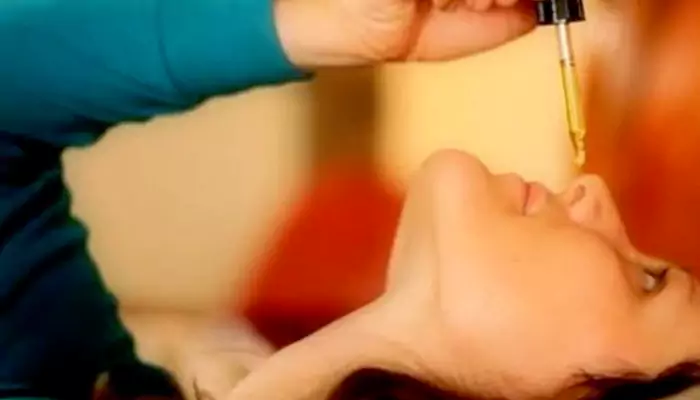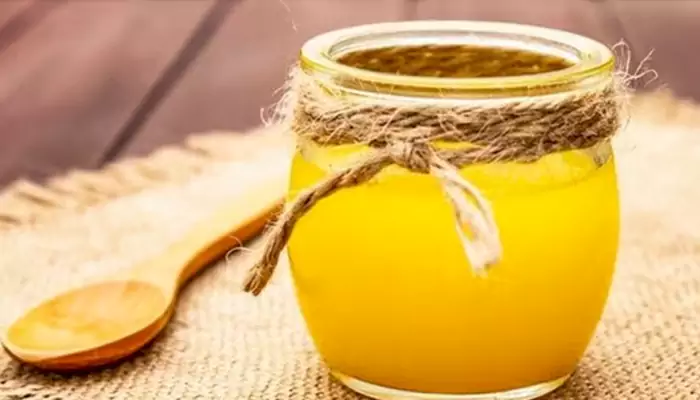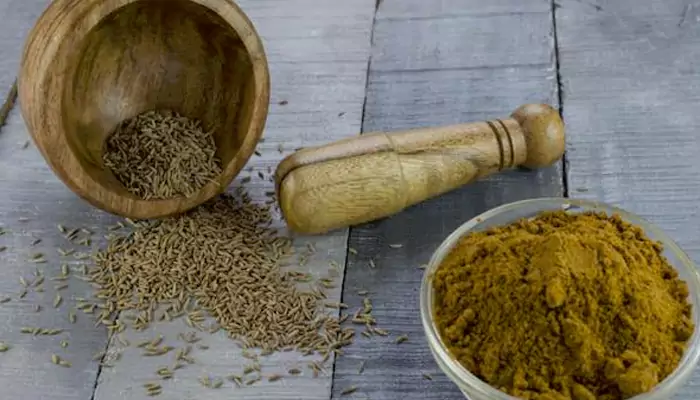
The complete guide to Panchakarma, Ayurveda's quintessential cleansing therapy
Panchakarma is an ancient Ayurvedic therapy designed to cleanse your body deeply. The name translates to "five actions," representing five detox methods. It removes toxins, balances doshas (Vata, Pitta, Kapha), and promotes total well-being. It's more than a physical detox; it also works on mental clarity and emotional balance. For centuries, this therapy has been a go-to for rejuvenation. Modern lifestyles make Panchakarma even more relevant as a way to reset your health.
Panchakarma involves five distinct therapies:
Vamana (Emesis): Controlled vomiting cleanses the stomach and removes excess Kapha dosha.
Virechana (Purgation): Herbal laxatives eliminate toxins from the small intestines and liver.
Basti (Enema): Medicated oils or herbal decoctions detoxify the colon.

Nasya (nasal cleansing): Herbal oils or powders cleanse the nasal passages and relieve respiratory issues.
Raktamokshana (Bloodletting): Removes impure blood to treat skin conditions and inflammatory issues.
These therapies are personalized based on your health and dosha imbalances.
Before starting Panchakarma, the body undergoes Purvakarma. This phase prepares the body for detox. Two key methods are:
Snehan (Internal and External Oiling): Ghee or herbal oils soften toxins and make them easier to eliminate.

Swedana (steam therapy): Herbal steam opens the body's channels, making removing toxins more effective.
Diet is also a crucial part of Purvakarma. Foods like kitchari (a mix of rice, moong dal, and spices), warm soups, and steamed vegetables are recommended. Spices like turmeric, ginger, and cumin aid digestion and toxin mobilization. This phase ensures your body is prepared for the intense detox.
Your diet during Panchakarma is simple but highly nutritious. Here's what's recommended:
Kitchari: A one-pot meal of rice, lentils, ghee, and spices. It's easy to digest and supports healing.
Herbs and spices: Include turmeric for anti-inflammation, coriander for cooling, and fennel to ease digestion.
Seasonal vegetables: Cooked lightly, they provide essential nutrients without burdening your system.
Herbal teas: Cumin, coriander, and fennel tea support digestion and balance doshas.

Avoid processed foods, caffeine, sugar, cold drinks, and heavy dairy. Meals are kept small and frequent to maintain energy and ease digestion.
After detox, your body needs rebuilding. This is where Rasayana, the rejuvenation phase, comes in. It focuses on restoring strength and vitality. Foods like almonds, dates, milk, and ghee are introduced for nourishment. Herbs such as ashwagandha and shatavari enhance immunity and energy. Warm soups, lightly spiced porridges, and herbal tonics support digestion and recovery. Regular yoga, meditation, and breathing exercises align the mind and body. Rasayana ensures that the detox benefits are long-lasting.
Panchakarma isn
The complete guide to Panchakarma, Ayurveda's quintessential cleansing therapy
Panchakarma is an ancient Ayurvedic therapy designed to cleanse your body deeply. The name translates to "five actions," representing five detox methods. It removes toxins, balances doshas (Vata, Pitta, Kapha), and promotes total well-being. It's more than a physical detox; it also works on mental clarity and emotional balance. For centuries, this therapy has been a go-to for rejuvenation. Modern lifestyles make Panchakarma even more relevant as a way to reset your health.
Panchakarma involves five distinct therapies:
Vamana (Emesis): Controlled vomiting cleanses the stomach and removes excess Kapha dosha.
Virechana (Purgation): Herbal laxatives eliminate toxins from the small intestines and liver.
Basti (Enema): Medicated oils or herbal decoctions detoxify the colon.

Nasya (nasal cleansing): Herbal oils or powders cleanse the nasal passages and relieve respiratory issues.
Raktamokshana (Bloodletting): Removes impure blood to treat skin conditions and inflammatory issues.
These therapies are personalized based on your health and dosha imbalances.
Before starting Panchakarma, the body undergoes Purvakarma. This phase prepares the body for detox. Two key methods are:
Snehan (Internal and External Oiling): Ghee or herbal oils soften toxins and make them easier to eliminate.

Swedana (steam therapy): Herbal steam opens the body's channels, making removing toxins more effective.
Diet is also a crucial part of Purvakarma. Foods like kitchari (a mix of rice, moong dal, and spices), warm soups, and steamed vegetables are recommended. Spices like turmeric, ginger, and cumin aid digestion and toxin mobilization. This phase ensures your body is prepared for the intense detox.
Your diet during Panchakarma is simple but highly nutritious. Here's what's recommended:
Kitchari: A one-pot meal of rice, lentils, ghee, and spices. It's easy to digest and supports healing.
Herbs and spices: Include turmeric for anti-inflammation, coriander for cooling, and fennel to ease digestion.
Seasonal vegetables: Cooked lightly, they provide essential nutrients without burdening your system.
Herbal teas: Cumin, coriander, and fennel tea support digestion and balance doshas.

Avoid processed foods, caffeine, sugar, cold drinks, and heavy dairy. Meals are kept small and frequent to maintain energy and ease digestion.
After detox, your body needs rebuilding. This is where Rasayana, the rejuvenation phase, comes in. It focuses on restoring strength and vitality. Foods like almonds, dates, milk, and ghee are introduced for nourishment. Herbs such as ashwagandha and shatavari enhance immunity and energy. Warm soups, lightly spiced porridges, and herbal tonics support digestion and recovery. Regular yoga, meditation, and breathing exercises align the mind and body. Rasayana ensures that the detox benefits are long-lasting.
Panchakarma isn't just about cleansing; it's a holistic reset.
Physical health: It boosts digestion, immunity, and metabolism. Chronic issues like arthritis and digestive problems often improve.
Mental clarity: Removes mental fog and enhances focus. Stress and anxiety levels drop significantly.
Spiritual balance: Align your body, mind, and soul for a deeper peace.

The therapies improve overall vitality, making you feel lighter and more energetic. Panchakarma is preventive and curative, ensuring you stay well in the long term.
Panchakarma is more than a detox; it's a journey to wellness. Simple meals like kitchari, detoxifying spices, and therapies work together for profound healing. Whether you want to heal or rejuvenate, Panchakarma is the Ayurvedic path to complete health.
't just about cleansing; it's a holistic reset.
Physical health: It boosts digestion, immunity, and metabolism. Chronic issues like arthritis and digestive problems often improve.
Mental clarity: Removes mental fog and enhances focus. Stress and anxiety levels drop significantly.
Spiritual balance: Align your body, mind, and soul for a deeper peace.

The therapies improve overall vitality, making you feel lighter and more energetic. Panchakarma is preventive and curative, ensuring you stay well in the long term.
Panchakarma is more than a detox; it's a journey to wellness. Simple meals like kitchari, detoxifying spices, and therapies work together for profound healing. Whether you want to heal or rejuvenate, Panchakarma is the Ayurvedic path to complete health.